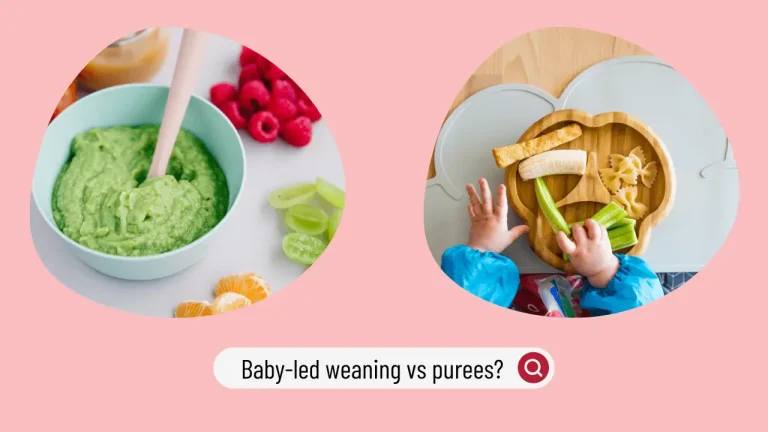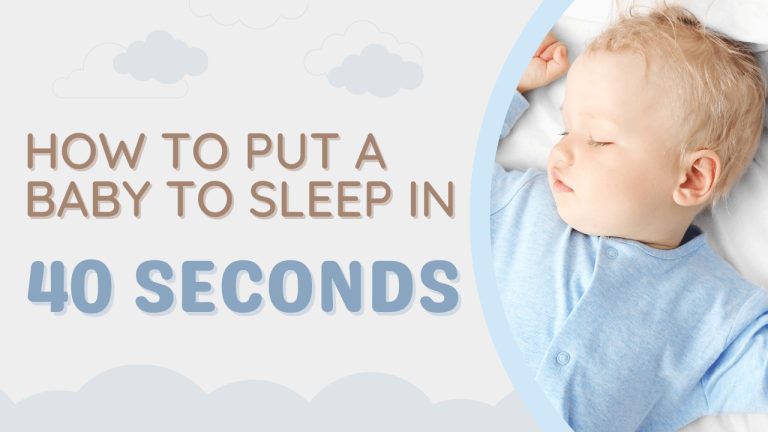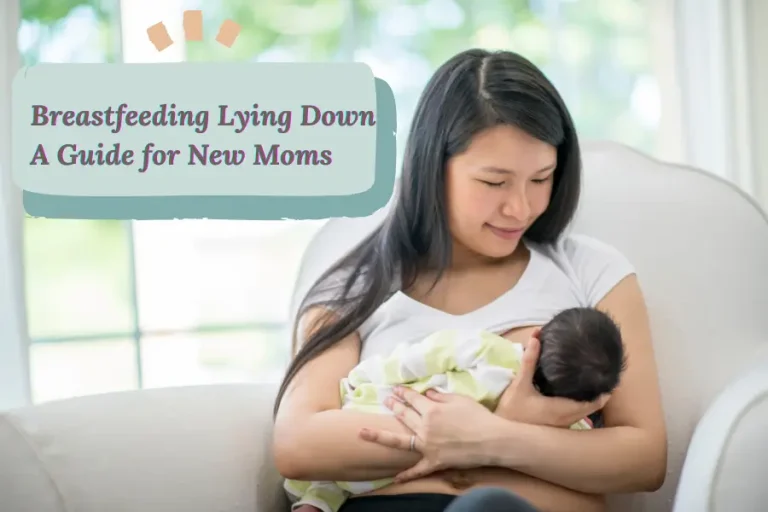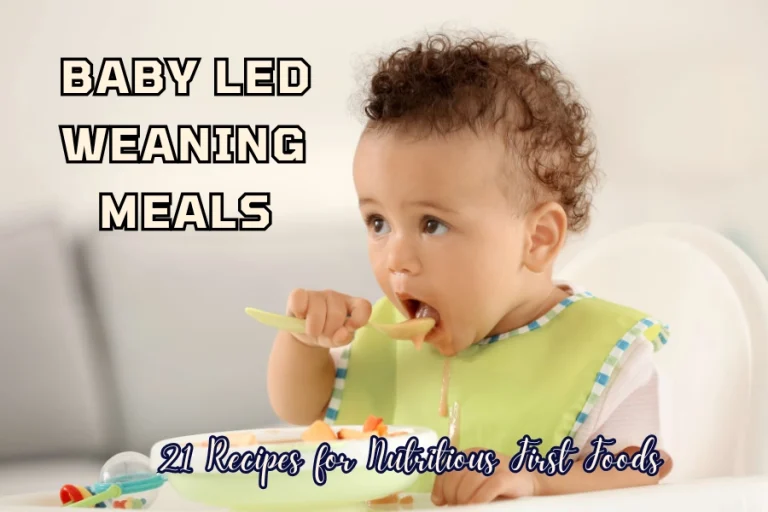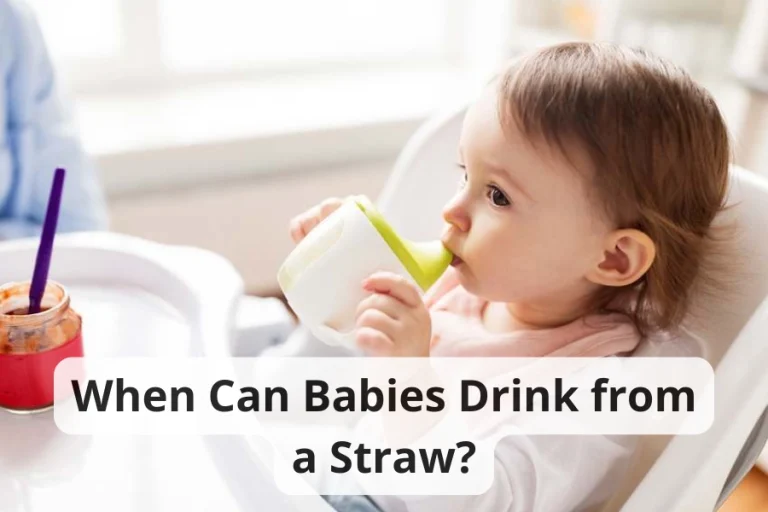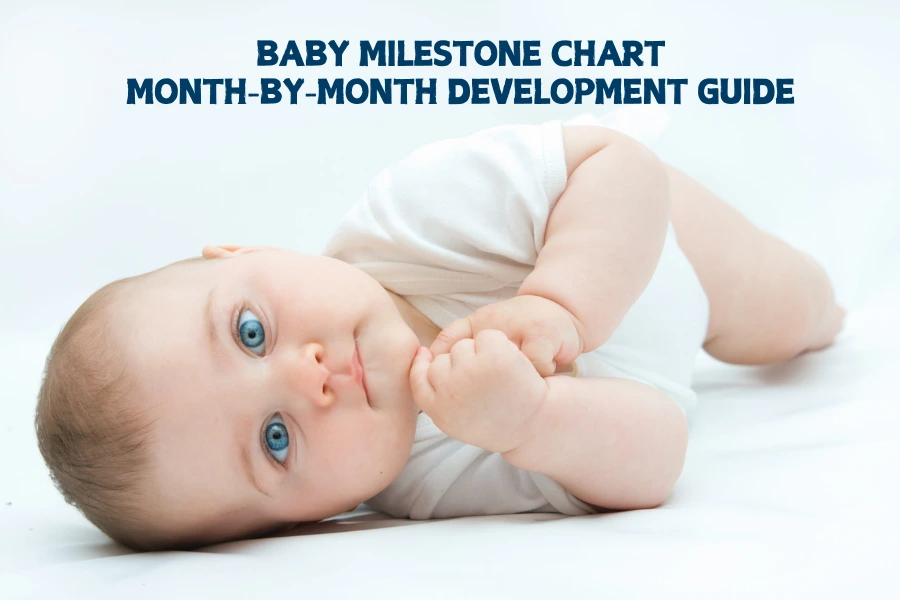
It is exciting to see your baby grow and reach certain developmental milestones. First smile or first wobbly steps, even the smallest achievements should be celebrated and remembered. But you may wonder with yourself “Is my baby on track?” And this is where a baby milestone chart is useful.
A baby milestone chart will give you an idea of what most babies achieve in the different stages of development. This is just a rough guide that will help you know what to expect as you observe him progress and learn new skills. However, remember that every baby is different, some may hit these milestones earlier or later than others. That is perfectly normal in fact. This guide will walk you through month by month each stage of baby development so that you may enjoy every exciting step of the way!
Why Do You Need To Be Concerned About Baby Milestone Chart?
This baby milestone chart helps a lot in understanding your baby’s development. It is a general outline of all the normal physical and cognitive milestones most babies reach within specific ages. Of course, this does not mean that all babies do everything at precisely the right time. Some progress very fast, and others take just a little more time.
From that, you can learn if your baby is in the normal range of development or if there exists anything for concern. It will also give you the time to celebrate each skill that they achieve and understand how to foster your baby’s skills at each stage of their development.
Baby Milestone Chart Guide From 1 To 12 Months
In the first year, a baby experiences very fast and phenomenal changes in its growth. Every month exposes a new skill that even surprises new moms and dads. Let’s find out what a baby can achieve through this month-by-month baby milestone chart.
1-Month-Old Milestone
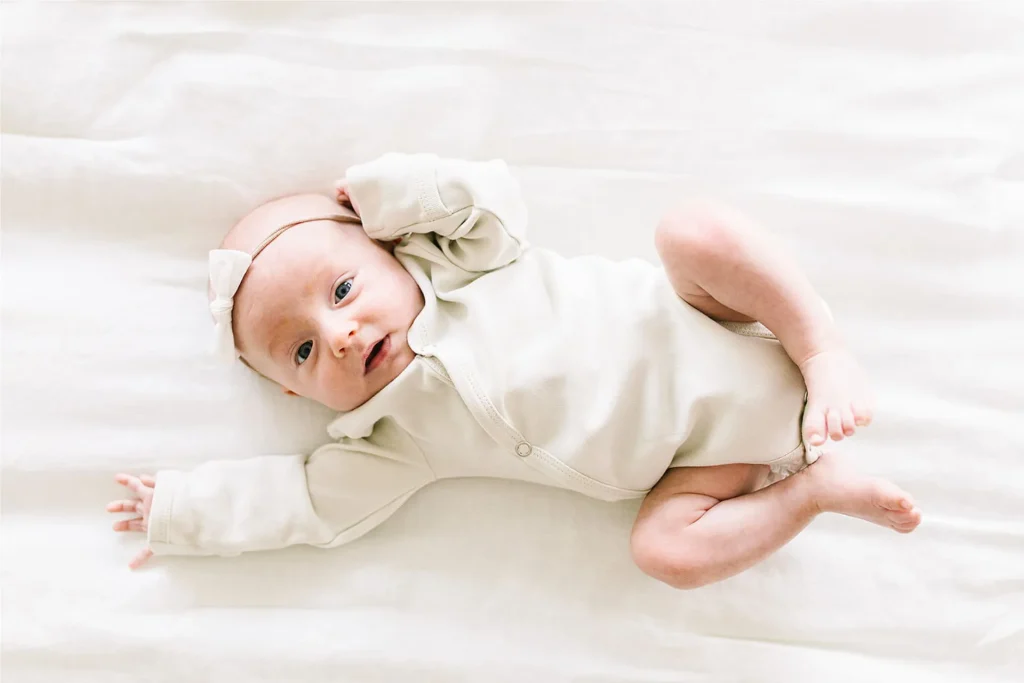
By one month, babies start to discover their world. These are a one-month-old newborn may begin to do the following:
- Acknowledge your voice, especially the mother’s voice
- Recognize faces- especially their parents
- Notice black, white, or vibrant color patterns
2-Month-Old Milestone
It is very important to keep track of your baby’s development from 2 months old age. If they can’t reach these milestones, you should ask for advice from your pediatrician. For example, if the baby doesn’t have any reaction to a loud noise, this indicates that there is a hearing issue1.
- Begins tracking objects with eyes, as well as recognizing people
- Turns head in the direction of sound and responds to loud noises
- Cooing and making sounds other than a plain cry
- Can smile at people
- Listen and keep quiet when being spoken to or picked up
- Put the hands to the mouth for a little while
- Movements of arms and legs are smoother and stronger
- Holds head up while lying on tummy
3-Month-Old Milestone
By 3 months, your baby can do more lovely things. They will love to play with people because they can feel and recognize more things at this stage. They may cry out loud if you stop playing with them. Let’s see what 3-month-old babies may begin to do:
- Follow objects or people moving around the room with their eyes
- Open and shut hands and grasp toys
- Be able to tell your face apart from others
- Begins to cry out for various demands, such as hunger, a change of diapers, pain, etc.
- Swipes at items that are hanging
4-Month-Old Milestone
By the time your baby turns 4 months old, he or she seems ready to explore the world. The most amazing news is that they start to chuckle and make some funny faces.
- Hold the head steadier and without support for a long time
- Push up onto elbows during tummy time
- Babble and make more expressive sounds when you are talking to them
- Reach with hands to grab objects
- Put hands or toys in the mouth
- Be able to imitate your facial expressions
- Make funny faces (especially when you play peekaboo with them)
- Giggle when playing
- Roll from the tummy onto the back (some babies can start rolling later at 7 months)
5-Month-Old Milestone
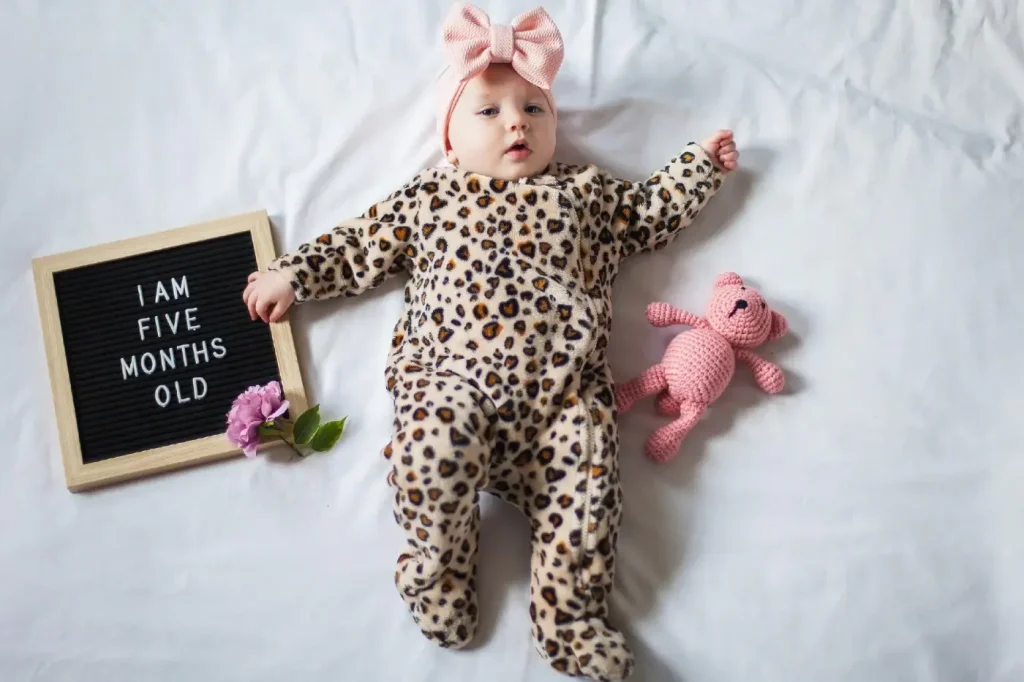
At this stage in the baby milestone chart, the babies are learning more skills. Maybe these skills are small but they are the foundation for bigger ones later. No one can speak sentences before muttering simple words, right?
- Sit up, especially if propped up
- Be interested in food and may lean forward to reach for it
- Laugh out loud
- Recognize familiar faces and show excitement
- Babbles cute sounds (like “oh” or “ah”)
- Enthusiastic when see familiar faces
- Amuse themselves momentarily
- Grow awareness of strangers (babies can cry loud if a stranger tries to hold them)
- Can turn the head when you calling
- Roll over more often
6-Month-Old Milestone
Significant developmental milestones, particularly in movement, are reached by 6 months of age! Babies can start creeping, but if your little one still can’t do it, don’t worry! Here are the primary tasks that a baby who is 6 months old can perform:
- Enjoy putting toys in the mouths
- Like staring at themself in the mirror
- Begin to crawling slowly over the floor
- Begins to comprehend simple sentences
- Learn to sit with the support
- Roll over in both directions, from back to front, and from front to back
- Sit without support for short periods
- Start babbling along, using simple and lovely words like “mama”, “baba,” or “dada”
- Reach for and grab objects using both hands (babies can hold their own bottle at this stage)
- Transfers objects from one hand to the other
7-Month-Old Milestone
At this stage in the baby development chart, babies like to explore more about things surrounding them. They become stronger and smarter day after day. Don’t be surprised if you see your baby keep dropping toys or things onto the floor.
- Sit up steadily without support
- Can pick up things with their whole hands
- Crawl on the floor (many infants begin to do so at 6 or 7 months of age)
- Enjoy exploring objects and put them into the mouths (parents should be careful with small objects, like coins or candies because they can bring choking hazards for the baby)
- May start to copy the sounds and gestures of others
8-Month-Old Milestone
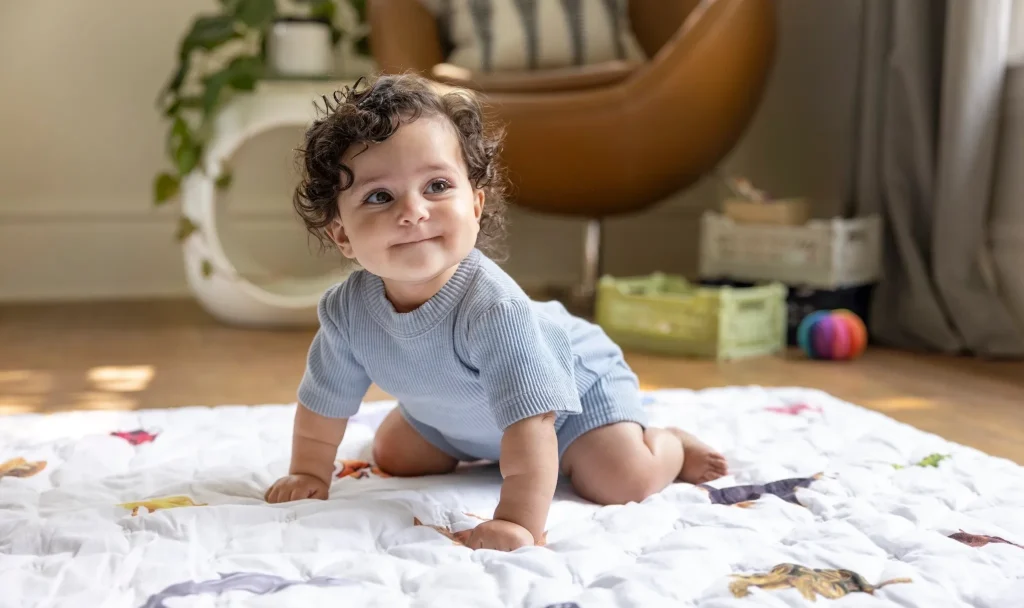
When your baby reaches the age of 8 months, it’s time for you to keep them safe. It’s because babies are learning to crawl and stand up at this stage. They are little explorers and you need an eye on them.
- Crawl or begin to have crawling movements
- Pull themselves up to stand by holding something
- Show interest in peek-a-boo games or other interactive games
- Make basic motions like waving or shaking their head
- Could begin to bend over to get their toys
- Raises arms to be lifted
- May start talking some simple words like “papa” or “mama” (many babies start to talk at 8 or 9 months)
9-Month-Old Milestone
If you are looking forward to hearing your baby calling “mama”, it’s the time. Anyway, you don’t need to worry if your kid still doesn’t utter a word. Not every kid will start to talk at the same time.
- Understand simple words like “no” or “bye-bye”
- Show stranger anxiety and favor familiar people
- Use fingers to pick up small objects like finger foods
- Create adorable sounds, such as “mama” and “papa”
- Respond when you call their name
- Be able to sit without support
- Like to investigate objects using various techniques, such as shaking, hitting, and tossing
- Can play easy games like Peekaboo
10-Month-Old Milestone
Most babies at this stage in the baby milestone chart are still crawling and may start to cruise. But some may have their first steps. They also learn many new skills like feeding themselves by using fingers with more facial expressions.
- Crawl well and may begin to cruise (baby walking while holding onto furniture)
- Use objects correctly, such as pushing a button on the toys
- Show an interest in how things work
- Starts giving themselves finger food because their hand-eye coordination has improved.
- Shows a range of facial emotions, such as surprise, happiness, and sadness
11-Month-Old Milestone
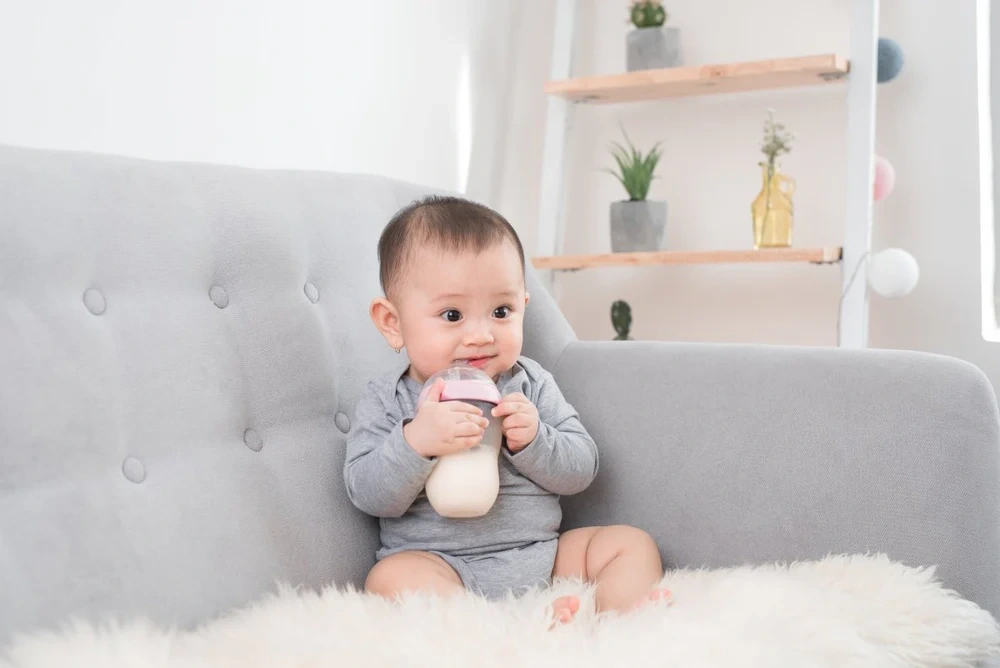
If your baby hasn’t walked any step, it’s still normal, and don’t try to rush them. Instead, enjoy every small achievement that your baby has.
- Walk along furniture, or across the room while holding on, or take a few steps without support
- Follow simple directions, such as “Come here”
- Continue to imitate sounds, gestures, and actions
- Play alone for longer periods
- Crawls upstairs under supervision.
- Produces tones that are altered, sounding more like speech.
- Can wave or clap hands
12-Month-Old Milestone
At last, your baby reaches the toddler stage. You can use a reward system to encourage your kids to learn new things and skills. And now, they have mastered many skills. Below are all the amazing things that a 12-month-old can do:
- Take independent steps & stand on their own
- Say a few distinct words, such as “mama” or “bye”
- Displays affection for people and playthings
- Enjoys playing interactive games for babies like “Pat-a-cake” or “Where’s the baby?”
- Can do some simple gestures, like waving “bye-bye” or shaking their head “no.”
- Begin to utilize objects appropriately, like drinking from a cup or brushing their hair
- Capable of using a pincer grasp to take up objects (such as tiny food particles) between thumb and forefinger
FAQs
Most babies are on their feet and take their initial steps between the ages of 9 to 12 months. When most babies are 12 to 15 months old, they can walk by themselves. Of course, each baby is different, and some may start a little ahead or behind this mark. Before babies walk, most pull themselves up to stand and “cruise” along furniture for support. And 18 months is the latest time that a baby can start a first step.
Babies begin babbling at about 6 months, and the first real words, such as “mama” or “dada,” often follow at about 12 months. By 18 months, most babies say simple words and can understand what they speak.
Bottom Line
It’s important to track your baby’s development. The baby milestone chart serves as a helpful guide to keep track of your child’s progress, but the most important thing is to provide a loving and supportive environment for them to thrive. Enjoy the unique moments along the path and be proud of every accomplishment, no matter how big or tiny!
Source
- Hearing loss – infants. (n.d.). Mount Sinai Health System. https://www.mountsinai.org/health-library/diseases-conditions/hearing-loss-infants ↩︎

